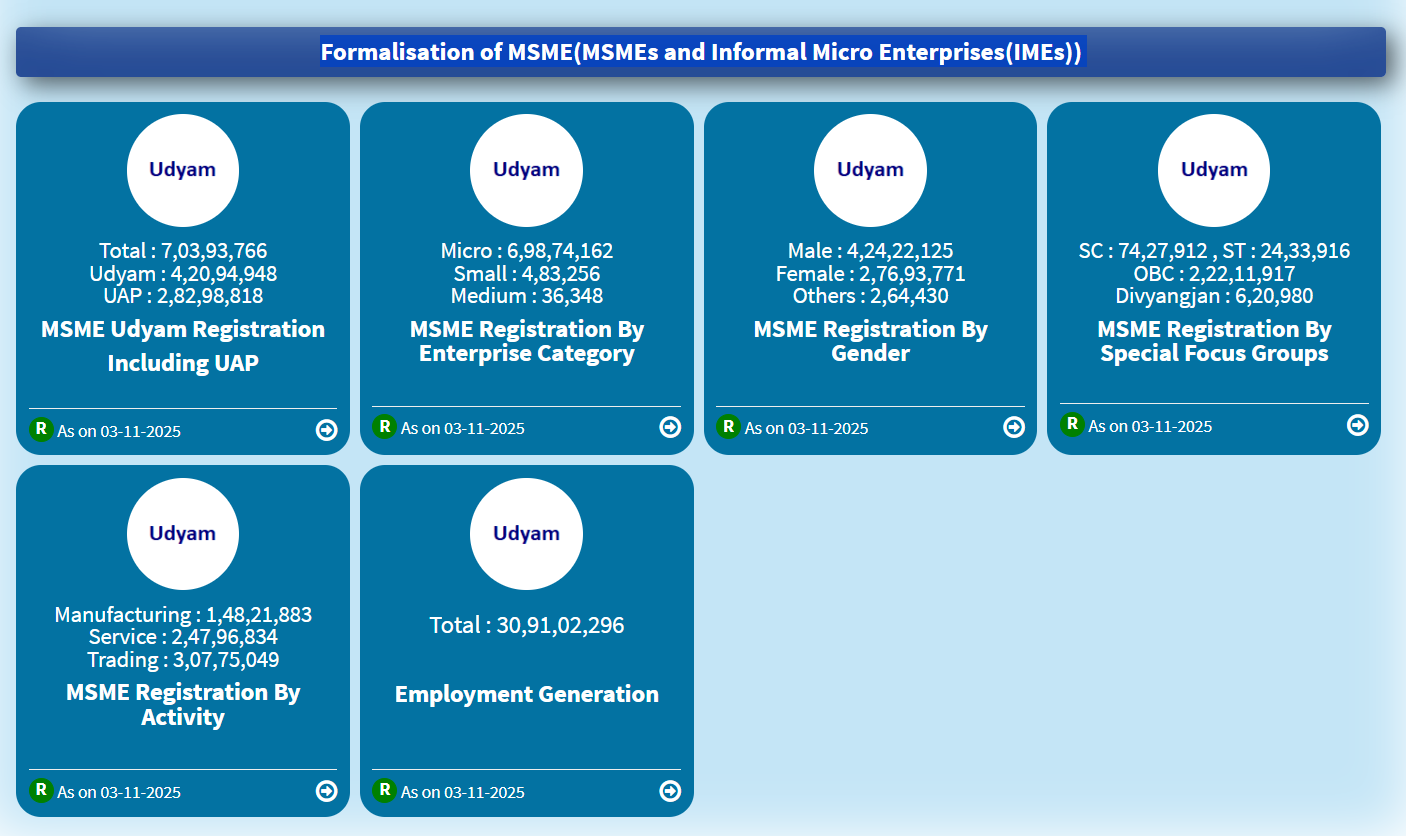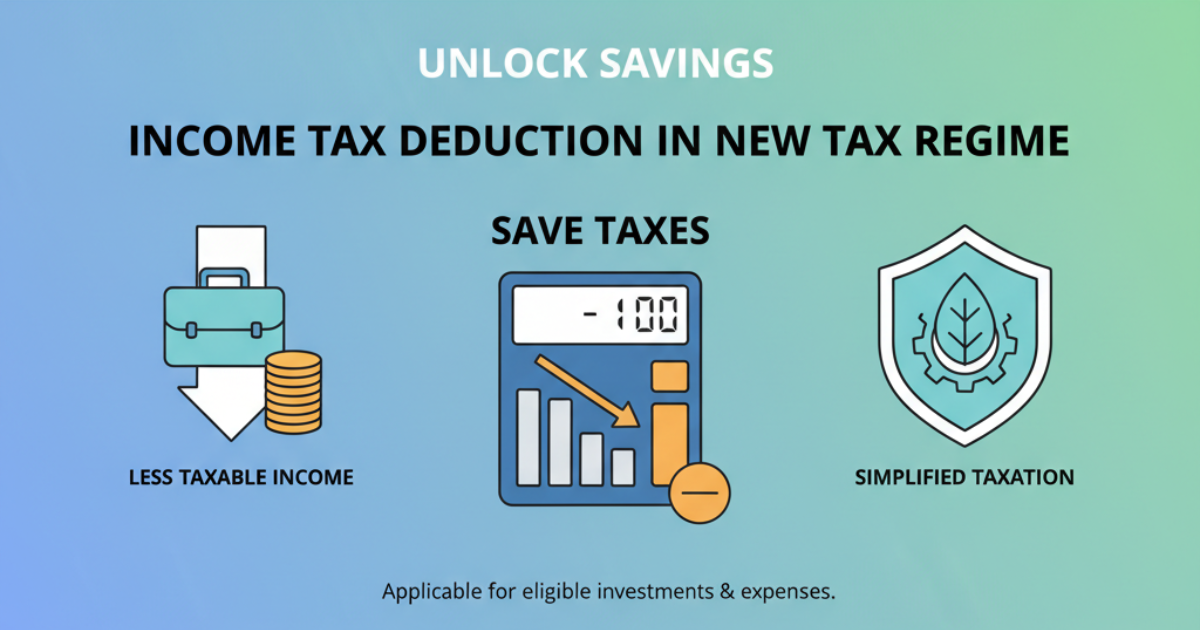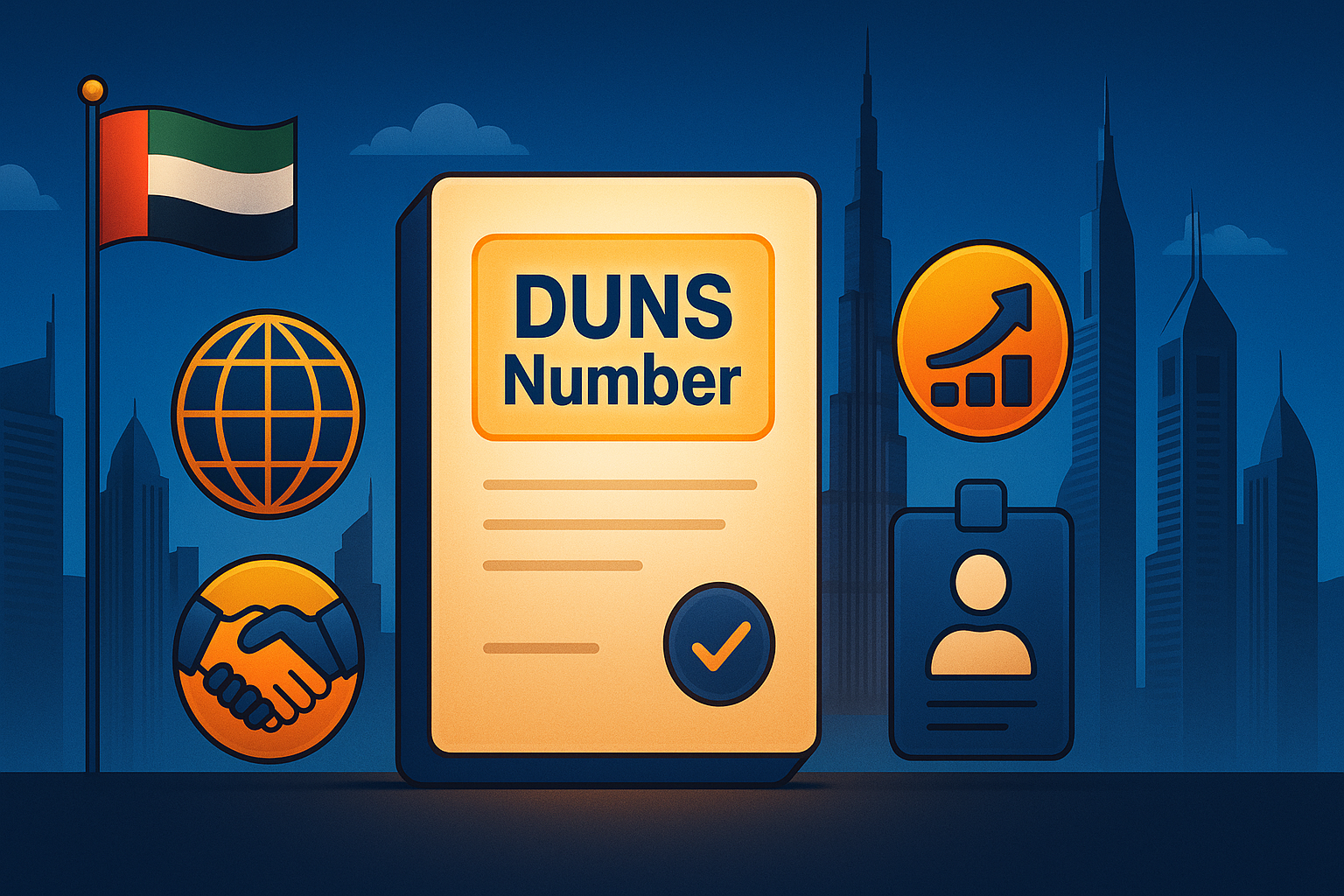Table of Contents
ToggleGST on Clothes in India – What You Should Know (2025 Update)
Clothing and apparel are everyday essentials, and so the Goods & Services Tax (GST) on garments significantly affects consumers, traders, and the textile industry. In September 2025, the Indian government overhauled the GST slab structure (often called “GST 2.0”), and clothes were among the categories impacted. This blog walks you through:

The earlier (pre-change) scenario
What’s new now
What the impact is (for consumers, traders, industry)
Some practical examples
FAQs & caveats
Earlier Scenario: How GST on Clothes Worked
Before the September 2025 reform, here was how GST applied to clothing and garments:
| Price bracket / situation | GST rate on garments / clothes | Notes / caveats |
|---|---|---|
| Garments priced up to ₹1,000 per piece | 5 % | The lower slab for more affordable clothes. |
| Garments priced above ₹1,000 | 12 % | The “mid” slab for costlier garments. |
| Special textiles, fibres, yarns, etc. | Varied (5%, 12%, 18%) | Some inputs or fabrics had different rates, leading to inverted duty structures. |
| Tailoring / stitching services | 5 % | For garment alteration / stitching under HSN code 9988 |
- This structure (with slabs 5%, 12%, 18%, 28%) was part of the multi-slab GST system in place since 2017.
- Because inputs (raw fabrics, yarns) often had higher GST than the finished garments, the textile industry often faced inverted duty structures, where manufacturers couldn’t fully claim input tax credits.
Many stakeholders had been calling for rationalization.
Thus, in effect, if you bought a shirt that cost ₹1,500, you’d be paying 12% GST under the old regime, while a shirt of ₹800 would attract 5%.
What Changed in September 2025 (GST 2.0)
In September 2025, the GST Council approved sweeping rationalization of GST slabs. The changes took effect from 22 September 2025.
Key changes for clothing / garments
1. Two main GST slabs + special slab
The new structure retains only 5% and 18% as the major GST slabs for most goods. The older 12% and 28% slabs are removed. A 40% slab is reserved for luxury / sin goods.
2. Revised rate for readymade garments / apparel
For garments/clothes priced up to ₹2,500 (per piece): 5 % GST
For garments/clothes priced above ₹2,500: 18 % GST
- The earlier threshold was ₹1,000. So the 5% slab’s reach is expanded, and the 12% slab is abolished.
3. Other textile / input rate cuts
- GST on man-made fibres / synthetic yarns was cut (e.g. from 18% to 5%) to reduce input costs.
- Certain handicraft and handloom items got relief (e.g. carpets, handwoven textiles) at 5% rate.
- The rationalization also addresses packaging and related inputs.
4. Removal of slab confusion
The simplified slab structure—just 5% and 18% for most goods—aims to reduce compliance burden, confusion, and classification disputes.
In short: under GST 2.0, apparel up to ₹2,500 gets the lower 5% rate; only premium garments see 18%.
Implications & Impact
For Consumers
More purchases fall into the lower 5% slab: Many clothes that used to attract 12% GST (for price between ₹1,001 and ₹2,500) now fall into 5% bracket.
Higher cost for premium clothing: Garments priced above ₹2,500 now attract 18% instead of 12%, making them costlier.
Retailers may adjust discounts or pricing strategies—some benefit might be partly absorbed or passed on.
For Traders / Retailers
Simplified slab structure eases classification disputes and compliance cost.
Retailers of mid-price apparel may see increased volume due to lower effective tax.
For high-end apparel, margins may compress unless prices adjust.
They need to update bills, accounting systems, pricing labels, etc., to reflect new slabs.
For Textile / Garment Industry
- Input cost relief via lower GST on man-made fibres and synthetic yarns may improve margins.
- Reduction in inverted duty problems.
- Boost in demand for garments in lower-to-mid range (up to ₹2,500) segment expected.
- However, criticism from industry bodies that raising tax on garments > ₹2,500 could hurt premium brands, artisanal apparel, and wedding/ethnic wear demand.
Examples to Illustrate
Let’s see how the tax component changes under old vs new regime:
| Garment price | Old GST rate | Old GST amount | New GST rate | New GST amount | Difference |
|---|---|---|---|---|---|
| ₹800 | 5% | ₹40 | 5% | ₹40 | No change |
| ₹1,500 | 12% | ₹180 | 5% | ₹75 | You pay ₹105 less in GST |
| ₹2,300 | 12% | ₹276 | 5% | ₹115 | You pay ₹161 less |
| ₹3,000 | 12% | ₹360 | 18% | ₹540 | You pay ₹180 more |
Thus:
Items in the ₹1,001–₹2,500 segment benefit significantly under the new slab.
Premium apparel (> ₹2,500) sees a steeper tax burden.
Note: The “selling price per piece” is the basis for determining which slab applies.
What to Watch Out / Caveats
The slab applies per piece, not by MRP range or bundle pricing.
These changes apply from 22 September 2025 onward; older invoices follow the old regime.
Retailers must ensure correct HSN / SAC codes are used to reflect slabs.
Some garments (designer, couture, custom, etc.) might need special treatment or classification disputes.
Changes in demand, markup strategies, and cost absorption by brands will affect how much of the benefit (or burden) reaches end customers.
Faq's for GST on Clothes
1 Does the new 5% slab apply to all clothes now?
No — only to garments/clothes priced up to ₹2,500 per piece. Those above ₹2,500 attract 18% GST.
2 Why was the threshold increased from ₹1,000 to ₹2,500?
To expand relief to more apparel products, reduce taxation on middle-segment clothes, and rationalize the GST structure.
3 Can I claim Input Tax Credit (ITC) on GST paid for clothes used in business?
Yes, if the clothes are for resale or a business purpose, you may claim ITC, subject to standard GST input credit rules. But clothes purchased for personal use are not eligible for ITC.
4 What about raw fabrics, yarns, or textile inputs — did their rates change?
Yes. Many textile inputs, like man-made fibre / synthetic yarns, saw rate cuts (e.g. 18% → 5%) to ease input costs.
5 If I buy a dress for ₹2,499, which rate applies?
It will attract 5% GST, because it is within the “up to ₹2,500” slab.
6 What about ethnic wear, wedding dresses that often cost very high?
If the price is over ₹2,500 (which is common), the 18% slab will apply. That makes high-end apparel more expensive than before. Industry is raising concerns over affordability.
Conclusion
The GST reforms of September 2025 represent a major shift for the clothing and textile sector. By expanding the lower 5% slab to cover clothing up to ₹2,500, many consumers and mid-range apparel segments stand to benefit from reduced tax burden. On the flip side, premium garments above ₹2,500 will now be taxed more steeply at 18% instead of 12%, which may push up prices in the higher-end fashion space.
For businesses, the simplified slab structure and relief on textile inputs help reduce headaches and costs. But brands and retailers will need to carefully rework pricing, margins, discounting strategies, and compliance systems.
If you’d like, I can also prepare a consumer-facing one-pager (infographic style) or a calculator tool so you can see how much GST you’ll pay on clothes under old vs new rules. Would you like me to make that?









